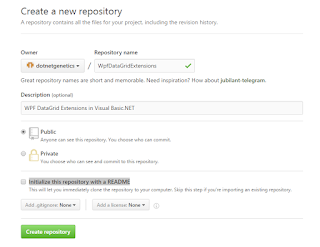Using Dapper ORM In ASP.NET Web Forms

Hello, This is a simple tutorial of using Dapper Micro ORM in an ASP.NET Webform application. According to Wikipedia, Dapper is an object-relational mapping (ORM) product for the Microsoft .NET platform: it provides a framework for mapping an object-oriented domain model to a traditional relational database. Its purpose is to relieve the developer from a significant portion of relational data persistence-related programming tasks. The key feature of Dapper is performance as presented in Dapper website (github). It is second to Hand coded SQLDataReader class when querying specific number of records. To get started with, create an Empty ASP.NET WebForm project and then add the Dapper to our project via NuGet. Make sure to alter the connection string in Web.Config to point to your database. Then we need to add one interface and three classes in our Models folder which applies the idea of Repository. Customer.cs public class Customer { public int CustomerID { get ; set ; } publ



